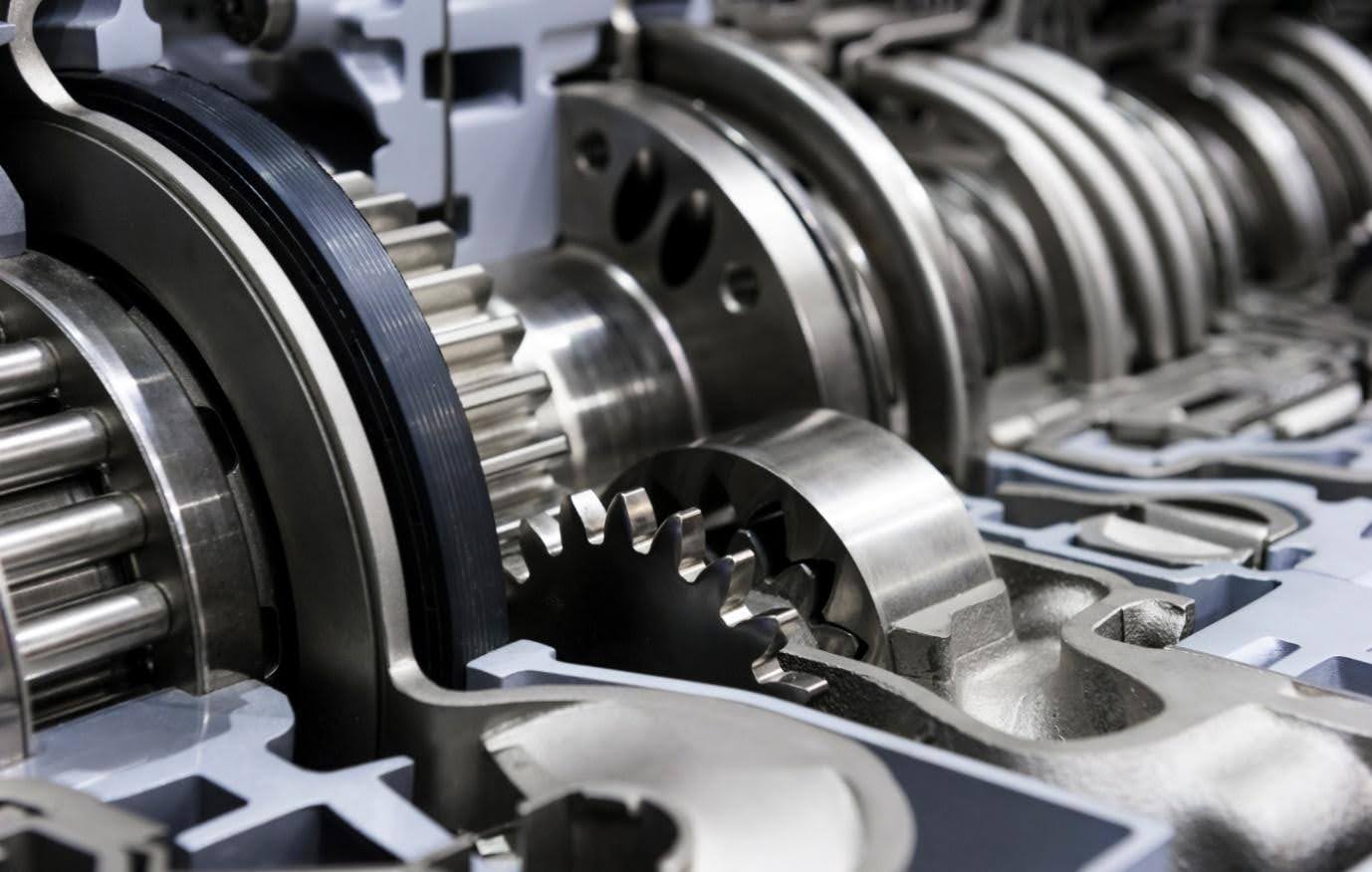
Motor oils, the most common problems and their solutions

Lubricants are an indispensable and fundamental part of a car’s proper functioning, and it is important that they are taken into account during car maintenance to avoid possible breakdowns.
There are numerous indicators such as white smoke, water vapor in the exhaust pipe, black oil, oil in the air conditioning system... that allow you to anticipate possible breakdowns that are easy to prevent with the proper use of lubricants and carrying out the adequate maintenance indicated in the vehicle’s maintenance manual.
Most common problems
They are common and easy to prevent. The most important thing is that the instructions, recommendations, and tips found in the car maintenance manual must be followed for any situation.
Despite trying to avoid breakdowns or other problems with the car, these things may still happen. That is why we want to talk about the most common problems.
Low engine oil level
The level of lubricant in the engine is a key factor, and it is important to check whether it is high or low, since it can cause numerous problems if overlooked. For example: problems in the particulate filter (DPF), cracks in the turbocharger, cams or valves, or the engine flu because the temperature has increased so much that the metal parts have fused together.
In order to avoid these problems, it is imperative to know the car's engine oil level. In order to determine that a vehicle has a low engine oil level, one must measure the oil level with a dipstick.
If the oil level is low, it may produce the following side effects:
Oil warning light: when the car's oil warning light (located on the dashboard in the shape of a lamp) comes on. It means that the car needs oil and you should top it off with the recommended lubricant to the correct level specified in the manual.
Burnt odor: If there is a smell of burning oil inside the vehicle, the car must be stopped immediately and the engine must be turned off. This situation can occur when there is a leak and the oil trickles down into areas where the engine is very hot. In order to confirm this, wait for the engine to cool down and check whether the engine oil level is low or not. If it has dropped, we recommend that you do not use the car as this may result in a major engine failure.
Noises and rattling: If the oil level is low, it most likely means that the parts that form part of the engine are not lubricated, and as a result, there is friction causing the noise. In this situation, the car's oil must be topped off. However, we recommend requesting technical assistance and scheduling an appointment for an oil change.
Increased fuel consumption: if the lubricant level is low, the engine will not be able to operate with optimum performance because its components will not be properly lubricated, which will require more effort on their part, thus increasing the car's fuel consumption.
Engine temperature warning light: this light comes on when the engine overheats, this may be due to a lack of lubricating oil in the engine, among other causes. When the parts are not properly lubricated, they rub against each other and can cause the engine to overheat due to the friction they produce. In this case, we recommend stopping the car, checking the oil level once it has cooled down, and topping it off.
Exhaust fumes
It is very important to pay attention to the colors emitted by the exhaust pipe, as anything out of the ordinary can be a symptom of a breakdown or future breakdown. There are several types of fumes, and each of them has a different meaning.
1st White smoke from the exhaust pipe: there are two types of white smoke; the first is a light, odorless white smoke. In this case it is normal, since when starting a car, the combustion that takes place not only burns the fuel itself but also vaporizes the water that comes from the outdoor air. In other words, when a car is turned off for a certain amount of time, the outdoor air is taken in through the exhaust pipe and when the car is turned on, it vaporizes, thus producing the white color. This also varies depending on the meteorological conditions, the colder it is, the higher the density of the water vapor.
If it is dense and lingering white smoke, then there are most likely problems in the cooling circuit. Specifically, that the coolant has leaked into the engine and due to combustion is burning alongside the fuel, so it is necessary to have the car's coolant level checked.
2nd Blue smoke with odor, the density of the smoke is important in this case. There may be different shades between white and blue, however the result is the same. The oil has leaked into the car's combustion chamber and is being burned alongside the fuel. It makes no difference whether the car's engine is diesel or gasoline.
This can occur for many reasons, including: problems with the car's pistons, valve train guides, or the turbocharger. Blue smoke can appear when starting, accelerating, or braking the car. In any of these cases, it is recommended to go to the service station, since ignoring it can lead to a series of damages and breakdowns, such as with the catalytic converter or particulate filter.
3rd Black smoke, more common in older cars that do not have particulate filters. It usually appears when accelerating suddenly, although it can also appear when accelerating steadily. The cause is excess fuel, meaning, more fuel is being burned than it should be, so soot particles are released from the tailpipe.
In either case, it is not recommended to use the car. It should be taken to a service station to be checked, otherwise much more serious problems may occur.
Prevention and maintenance
The causes of breakdowns can be due to simple wear and tear or misuse of the car. However, the only method to prevent any of the breakdowns or warning signs we have mentioned is to:
- Use high-quality lubricants
- Have the car inspected and serviced
- Follow the car's maintenance manual
- Keep a close watch on each of the car's warning lights or indicators
But most importantly, in case of any problem, stop the car or motorcycle and ask for assistance.
Related contents



